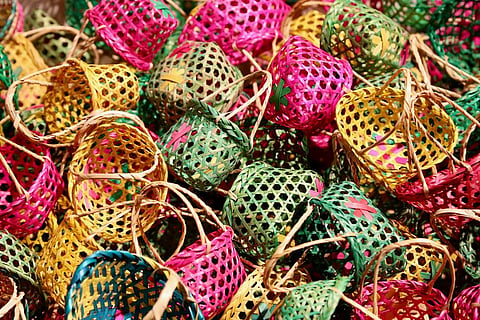The online meeting exclusively evaluated the scope of developing end-to-end export linkages to provide quality handicraft products of Kashmir to the German Market along with the rest of Europe. Since the beginning of the century, numerous German delegations, like the Indo-German Export Promotion have visited the valley with a keen interest in the handicrafts, especially Kashmiri carpets, which have immense potential in Europe. Germany is the largest consumer of Kashmir carpets and in addition imports Chain Stitch, Papier-mache, and Walnut furniture from Kashmir. The country's cold winters make it an ideal destination for the use of Kashmiri shawls, rugs and carpets.
This liaison will also help to build a community of art lovers – handicraft importers of Germany with exporters from Kashmir – and result in shared knowledge pool to achieve master craftsmanship and connect with art connoisseurs through digital platforms, ensuring long term sustainability for arts like Papier-mache, Sozni, Kani shawl, basket weaving, Khatamband, wood carving, silver and copper carving, carpet weaving, leather, silk and Pashmina weaving amongst other crafts that Kashmir is celebrated for in German markets.


